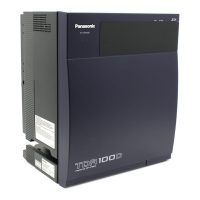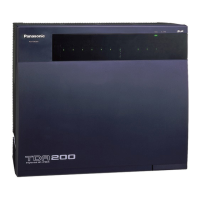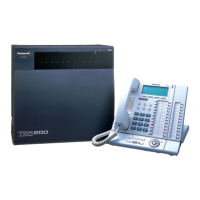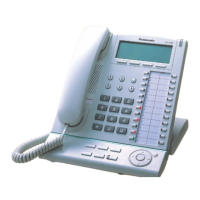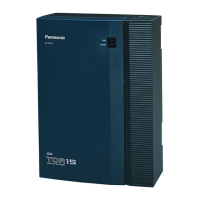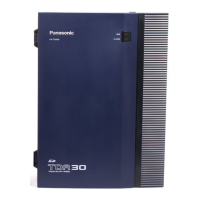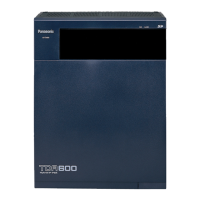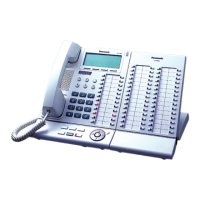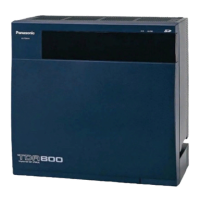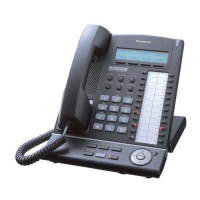What to do if my Panasonic KX-TDA100D telephone does not have a feature button?
- CChristopher BurnsSep 12, 2025
If your Panasonic PBX proprietary telephone lacks a feature button, it may be because some models do not have the feature button. You can change a flexible button to the desired button or enter the specified feature number instead of using the feature button.
